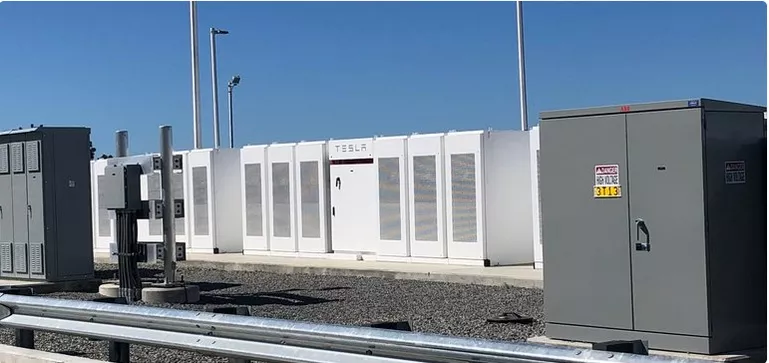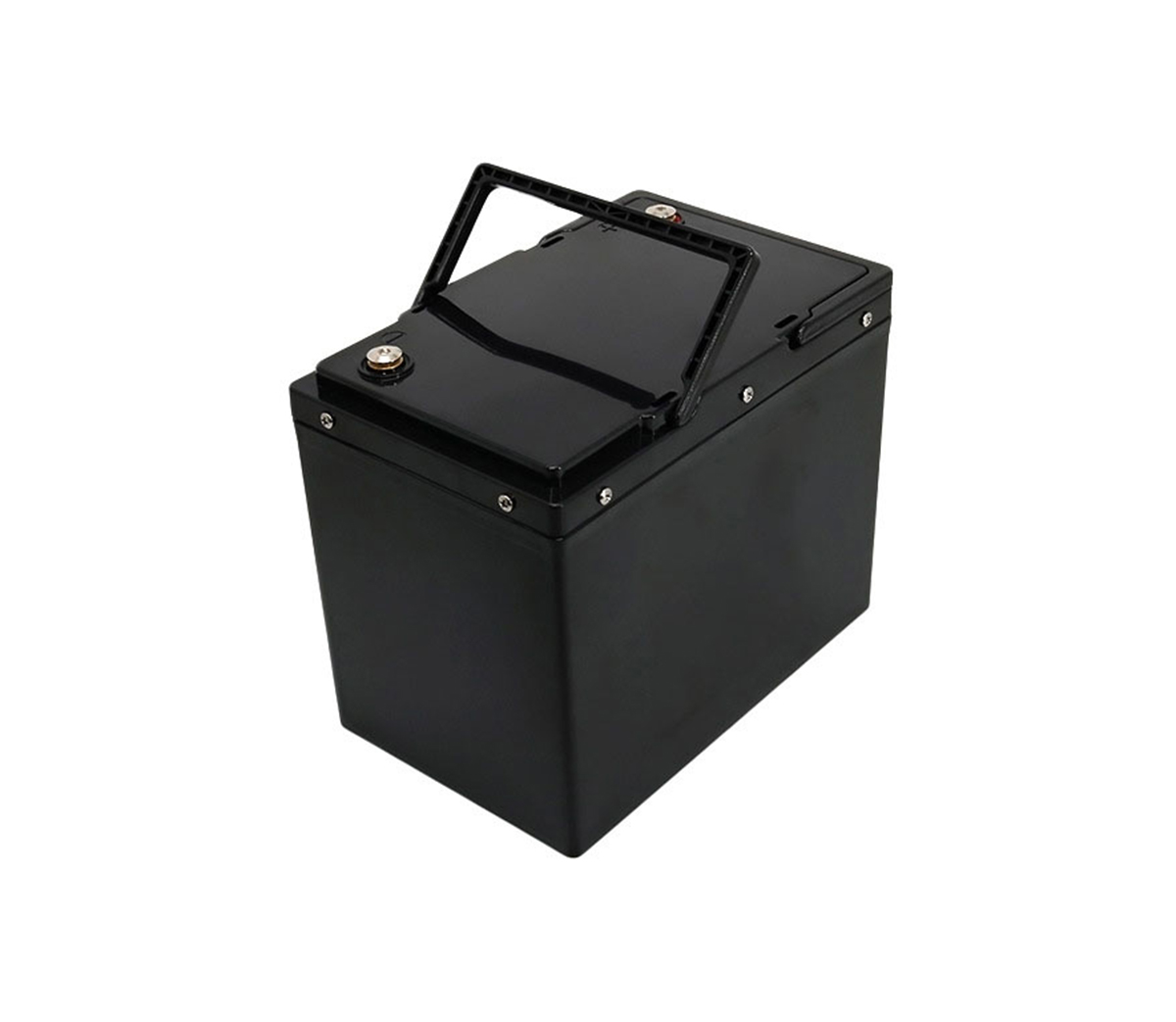Volta USA secures lithium BESS with space technology
Volta Energy Products, a U.S. energy storage developer, has announced a
three-year deployment order with San Diego-based KULR Technology Group to apply
KULR's thermal safety solutions, originally designed for U.S. space missions, to
secure battery energy storage systems.
KULR's suite of Passive Propagation Resistant (PPR) solutions, already used
on NASA space missions, are used in battery storage systems to prevent thermal
runaway of batteries, deter battery fires, and shut down battery storage systems
in time to prevent damage and spread.
This is very surprising to SES Power, because we have been in the
lithium-ion battery industry for many years, and the safety of lithium-ion
batteries has always been a key concern for end customers, even the safest
lithium iron phosphate batteries are not completely immune to safety issues.
While lithium-ion batteries are the primary energy storage technology on
the market due to their cost and material availability, they do carry safety
risks. One of the biggest problems with lithium-ion batteries is thermal
runaway, which can result in a fire or even an explosion if one cell in a
lithium-ion battery pack overheats and causes a chain reaction in other cells.
While many factors can cause a battery to overheat, experts say preventing these
failures from escalating is the key to keeping battery energy storage safe.
The partnership between KULR and Volta's parent company, Viridi Parente
Inc. Viridi Parente CEO Jon Williams says the "fail-safe system" can help reduce
the need for external fire protection and tools by This "fail-safe system" can
make battery storage systems safer and cheaper for a variety of residential and
commercial uses by reducing the need for external fire protection measures and
tools.
For large battery banks, a single failure or disturbance can have a much
greater impact," said Ken Boyce, senior director of energy and industrial
automation at UL, a U.S. safety science organization. Battery energy storage
systems are critical to us, and battery safety is key. It's great to see
widespread innovation in advancing the safe use of battery technology."
In April 2019, a fire and explosion at utility manufacturer APS
Corporation's operating McMicken battery storage system in Arizona injured four
firefighters, forcing state regulators to rewrite safety rules for the battery
storage industry and bringing significant relief to the safety of energy storage
systems. Most recently, a fire broke out at the Great Victoria Battery Storage
Project in Australia, which uses a Tesla Megapack battery storage system. In
addition, an overheating event led to the interruption of operation of the 1.2
GWh Moss Landing battery storage project in California, but the good news is
that the failed battery storage system was safely contained.

KULR has developed and designed passive propagation resistant (PPR) systems
with a variety of safety mechanisms, including thermal runaway shields that
absorb heat from the batteries and prevent other batteries from heating up. It
also includes internal short circuit technology or trigger cells that can be
used to simulate safety issues and better identify design flaws, said Michael
Mo, CEO of KULR, adding that this is the first time internal short circuit
protection technology has been applied to a battery energy storage system.
Williams said the companies have been conducting safety tests (in which
about $3.5 million worth of batteries were used and destroyed) for more than 18
months to apply the technology to battery storage systems. Battery storage
systems of different sizes have different design requirements, he said, while
some safety requirements specific to space missions have been relaxed.
Michael Mo said, "We have been continuously improving and developing this
technology, and we are excited to see it deployed for energy storage. Based on
our design, there is no need to deploy a large number of expensive external
components and systems to prevent thermal runaway events in battery storage
systems in the future."
The three-year partnership includes $1.6 million to deliver battery energy
storage systems, and Williams said Volta plans to bring 750 to 1,000 PPR systems
to market in 2022 and increase to 50,000 in 2023.
He said, "Our goal is to deploy this technology very quickly and use it in
a permanent, portable form for battery energy storage systems."
Davion Hill, co-founder of Momentum Energy Storage Partner and a battery
safety expert, said that while he has not specifically reviewed and understood
KULR's technology, in principle it should be a positive application. hill said,
"If it proves to limit battery cascade failures, it solves a lot of
problems."
Williams says the importance of reliable and durable battery storage safety
systems to drive the growth of the energy storage industry and the full
transition to renewable energy cannot be overstated, and SES power couldn't
agree with him more.
For battery storage systems to be used in homes, hospitals, universities or
gas stations, or even accountants' offices, they must be reliable and safe," he
says. When a battery fails and catches fire, will it be safe? At the macro
level, it is critical to promote the deployment of battery storage systems. But
on a micro level, for Volta, this is one of the most important products we have
in the energy storage market."



































